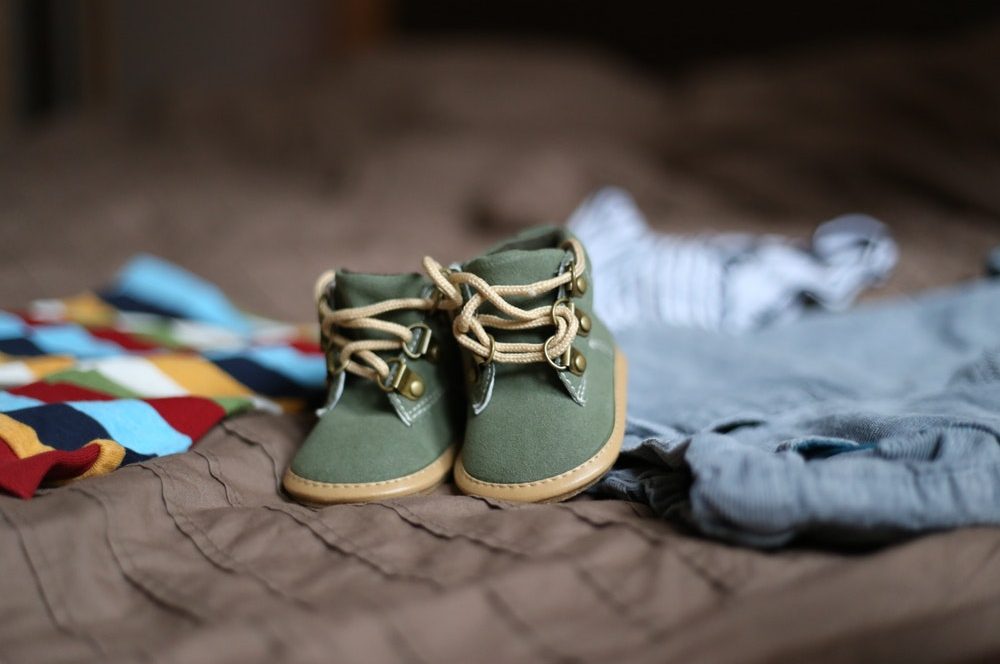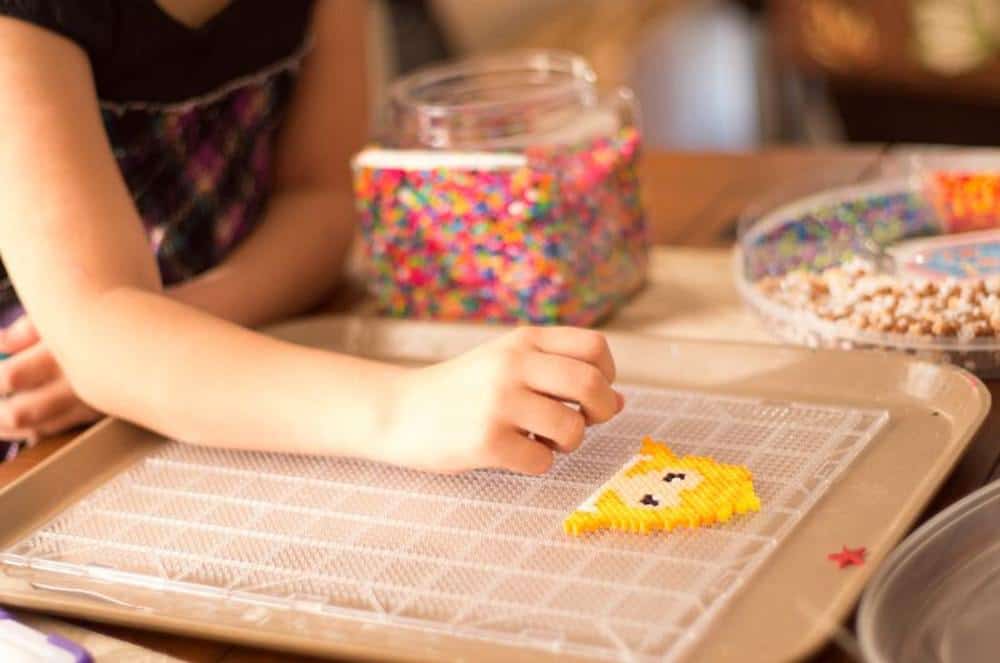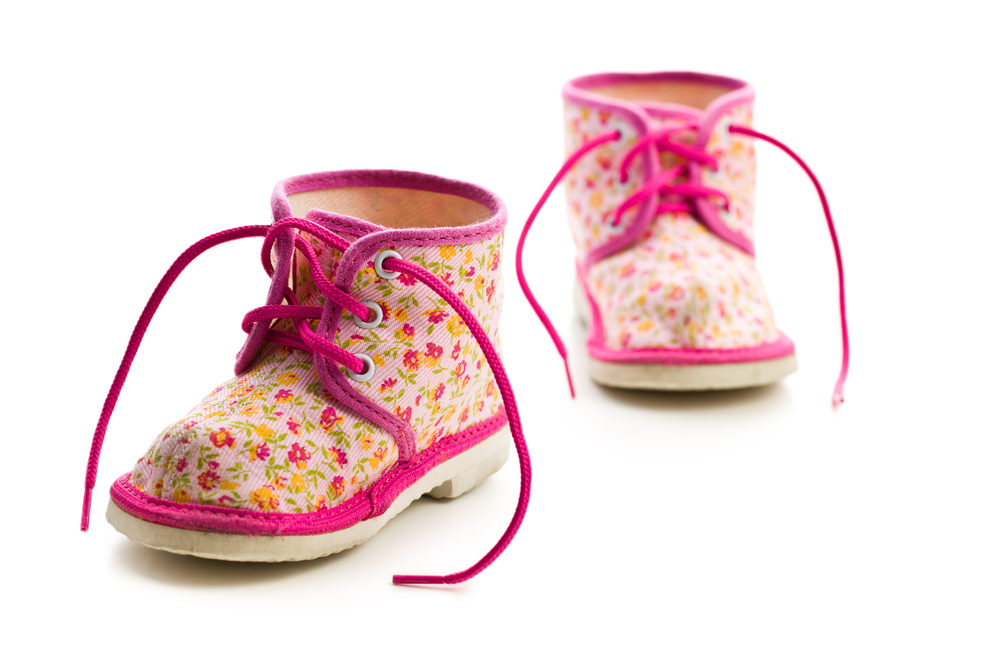Temper tantrums are not exclusively the province of small children; adults have them all the time. Sometimes throwing yourself on the ground and kicking and screaming is highly therapeutic. However, it is something that should be kept to a minimum, because it’s embarrassing in public, and it’s disheartening at home. Here is how to handle a temper tantrum.
1. Prevent the Tantrum. The absolute best way to handle a temper tantrum? Not letting it happen in the first place. You know your child pretty well, you know his or her “triggers”. Often, tantrums happen when a child is over-tired, over-stimulated, hungry, bored or confused/scared. When possible, try not to let a kid get stressed out like that, especially when you’re in public. Going on a trip? Plan ahead–schedule traveling when the child is sleeping if that’s an option for a road trip, but for flying try to stick to the morning, when they’re not fatigued. Limit their exposure to new stuff and other stressful situations as much as you can; introduce new people, places and things in small bite-sized chunks, to minimize overkill.
2. Short-Circuit the Tantrum. Although kids love going out and spending time with you, after a while they get grumpy, bored and tired. If you’re planning a shopping trip or know you’ll be out for a long time, leave them home when you can. If not, bring some small diversions: load kid-friendly apps onto your phone or iPad, bring coloring supplies, etc. You see Junior getting grouchy and restless? Give him something to do. Or, start talking, playing or singing with him directly, making the experience more fun. Distract them from their boredom, and give them something positive to do rather than grouch.
3. Don’t Fan the Flames. OK, so, little Jane is getting wound up. She’s whiny, restless, irritable. What do you do? Well, it’s more about what NOT to do. Don’t encourage it by paying attention to (and therefore reinforcing) the bad behavior. Don’t give in an gripe back, or get impatient with them, or speak angrily–it makes everything worse. It turns into a vicious cycle that no one benefits from. Again, try distracting and redirecting. Be lighthearted and try to ignore the behavior. Offer hugs. Look your child in the eye and tell them, calmly and lovingly, that they need to calm down, or there will be consequences, like loss of privilege or something. Don’t threaten (“Wait till we get home!!”) or be negative (“I can’t believe you’re being so bad!”). Say something like, “Sweetie, I know you’re upset/angry/frustrated right now. But crying and yelling won’t make it better. Stop kicking the shopping cart/gnawing on the chair/throwing rocks right now, or you’ll lose the Xbox.”
4. Get YOURSELF Under Control. Now you’ve got a full-blown wail and kick session going on? Or crying and yelling? Perhaps he or she has started hitting things? Feels like the eyes of the world are on you, and it sucks. Try to take a deep breath and count backward from ten. Close your eyes for a moment and attempt to get yourself under control, because you accomplish nothing by getting your OWN tantrum going. Remember: you’re not a failure because your kid is a little out of control…ok, maybe a lot out of control. You’re not a bad parent. You don’t have a bad child. You just have a situation, and it will end eventually. Just get through it.
5. Change the Venue. Sometimes, when it’s gotten bad and you’re running out of option, the only thing to do is to remove the kid from the situation. Yeah, it seems like you’re giving up and giving in, but a change of scenery will often disrupt the tantrum. Are you in the grocery store in the middle of the line? Ignore the reproachful eyes of snotty and judgmental people (there are probably a lot more sympathetic moms and dads than judgmental jerks, though it may not feel like it at the time), ask the clerk to let you put your cart aside for when you come back (often they know exactly what you’re dealing with), and take your child out of the place.
6. Let it Run its Course. There will be times when nothing, absolutely nothing, that you can or want to do will change the tantrum. If you’ve removed the child from the situation, try to find a place to let them go to town. A grassy area. The backseat of the car. Somewhere they can have a meltdown and not hurt themselves or others. If you’re at home, make sure there’s nothing breakable or valuable nearby, and let them shriek it out in their room. Close the door and walk away (stay within earshot), indicating you don’t approve. Trying to hold them down, yelling at them, or physically punishing them only makes things worse. Usually a tantrum only lasts a few minutes, although it feels like an eternity to you and the child. And if they don’t have an audience, it often ends quickly.
7. Be Irreverent. I confess, I have been lucky with my kids, I have only had a few tantrums to report. My strategy? I’m silly. When a kid starts being a grouchy butt, make them laugh if you can. Are they on the floor kicking and screaming? If you can (I only suggest this at home), get down on the ground with them and do it, too! 99% of the time the kid will stop what they’re doing to watch you in bewilderment, which will quickly turn into amazement and then hilarity. For real, ladies. It works. AND it feels good to let loose a little, too. Or, an alternative technique (for home) is to start doing something else silly, such as tossing stuffed animals or pillows their way. Start singing a funny song, or do a goofy dance (I recommend the Funky Chicken, they can’t resist it). Stop taking it so seriously. Your anger and negativity is like gasoline on a fire when it comes to a tantrum: it makes it all worse for both of you. Vicious cycle, remember.
8. …Bribery. I confess, some tantrums have been short-circuited by a well-placed, small-yet-effective bribe. I’m not talking about buying them a go-kart or a a pony or a new game console. Maybe a tiny toy, or a little piece of candy. Don’t do this once they’ve progressed into a full tantrum, because that validates their bad behavior, saying they’ll get a reward for being bad. But it can circumvent the progression from grouchiness to tantrum…just don’t do it all the time, or you’re setting another negative pattern.
Don’t beat yourself up if your kid flies off the handle every now and then, especially if you have a special needs child or you have multiple kids stressing you and each other out. Things happen. Relax, breathe deeply, and don’t take everything so seriously. The tantrum, like all things, will pass.
 So, you found the perfect play date mate for your child! This is an important step, helping to ensure a well-balanced, socially-adept childhood. No pressure or anything. You’ve never had a play date before; likely you’re as nervous as you were on your first real date! No worries, though, because here are some simple, practical tips for making your kid’s play dates simple and fun, the way they’re supposed to be!
So, you found the perfect play date mate for your child! This is an important step, helping to ensure a well-balanced, socially-adept childhood. No pressure or anything. You’ve never had a play date before; likely you’re as nervous as you were on your first real date! No worries, though, because here are some simple, practical tips for making your kid’s play dates simple and fun, the way they’re supposed to be!







